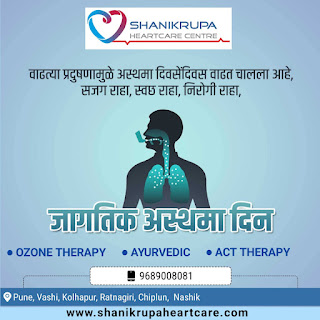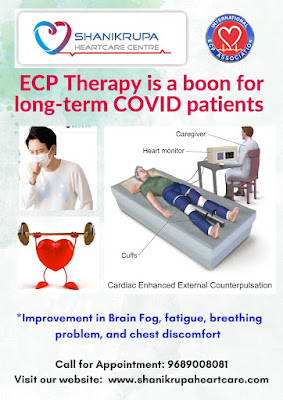"Heart Harmony: Chelation Therapy's Vital Role in Elevating Cardiovascular Wellness"

The global burden of heart attacks is a pressing health concern, affecting millions of individuals and posing a significant challenge to healthcare systems worldwide. According to the World Health Organization (WHO), heart attacks, or myocardial infarctions, contribute significantly to the global burden of cardiovascular diseases. Heart attacks are a leading cause of morbidity and mortality, causing both short-term and long-term health consequences. The impact extends beyond the individual, affecting families, communities, and economies. Several factors contribute to the global burden of heart attacks, including lifestyle choices, such as unhealthy diets, physical inactivity, and tobacco use. Additionally, the rise in risk factors like diabetes, hypertension, and obesity further amplifies the prevalence of heart attacks on a global scale. Efforts to address this burden involve comprehensive public health strategies, emphasizing preventive measures, early detection, and accessible...





